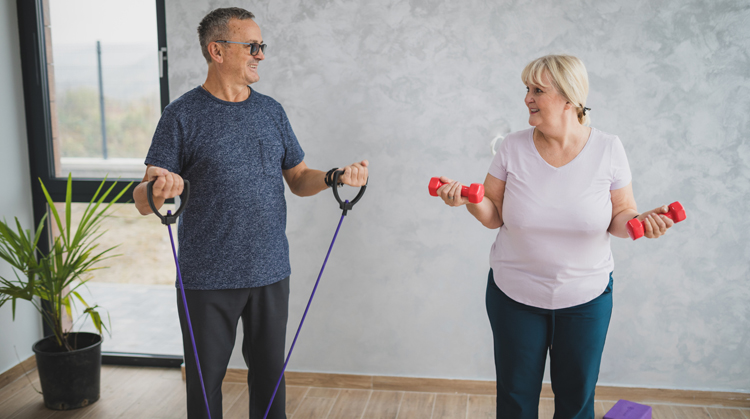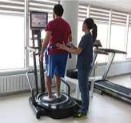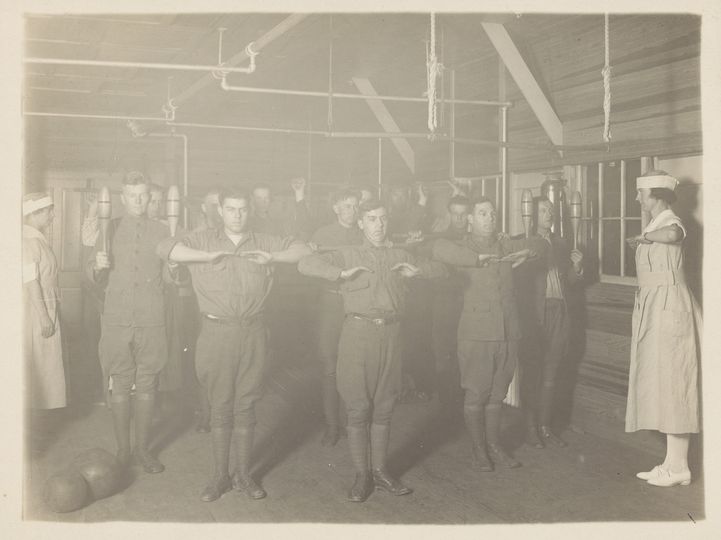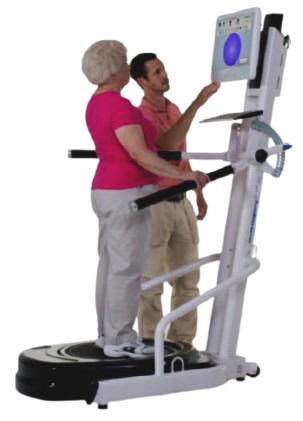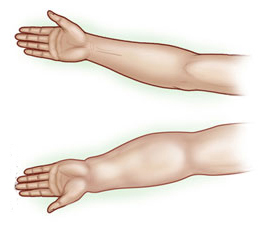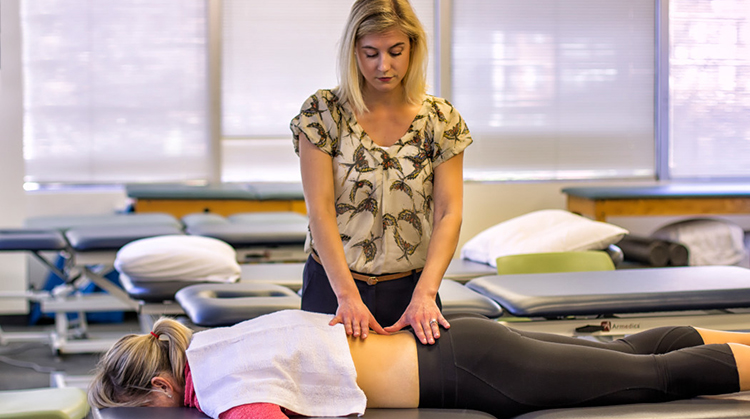Expect to Get Better. You Probably Will.
Research has shown that positive expectations increase the chances of a good outcome. It’s the old self-fulfilling prophecy; your attitude determines your approach to situations. If you believe you’ll be successful, you’ll likely put in more effort. You’ll be more willing to try new things, take some risks and keep trying after failures or setbacks. […]



